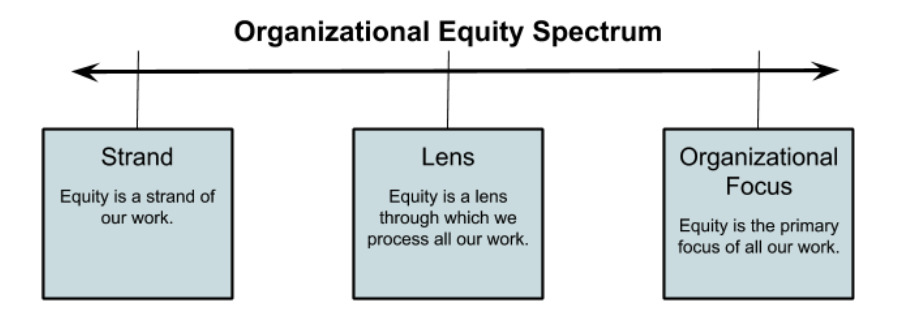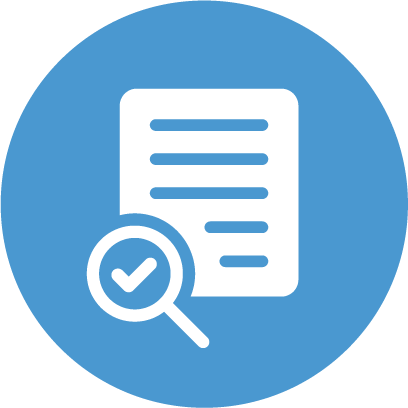Since 2012, Digital Promise has convened Education Innovation Clusters (EdClusters), local communities of practice that bring together educators, entrepreneurs, funders, researchers, and other community stakeholders (e.g., families, local government, nonprofits) to support innovative teaching and learning in their region. At the 2016 Education Innovation Clusters (EdClusters) Convening in Providence, Rhode Island, participants began and committed to an ongoing critical discussion on equity in their networks. Two key takeaways emerged:
With renewed commitment toward defining and expanding inclusive innovation, an Equity Working Group was launched with EdCluster members from across the country, and over the course of 2017 and 2018 resources were curated to support improving equity within these networks. The group also developed and workshopped an equity assessment to further inform the work within their communities and organizations. This resource, a compilation of that work, includes both links to resources and worksheets.
Equity is centered within the broader framework of diversity, equity and inclusion (DEI) DEI work requires self-reflection, group-reflection, participation in difficult conversations, willingness to listen and prioritize the perspectives and feelings of others, investment of time and energy into community partnerships, and ongoing assessment of progress and policies. This resource includes starting points and guidance for beginning conversations and presents strategies for providing more equitable community based learning experiences with the goal of improving academic outcomes for all students.
This resource can help:
(Note: For this work to be authentic and intentional, organizations must design a comprehensive approach for examining implicit biases and organizational culture, which is a critical body of work that is not addressed here.)
“Educational equity means each child receives what he or she needs to develop to his or her full academic and social potential.” (National Equity Project)
Students enter school having had different levels of access to early learning opportunities. This opportunity gap directly affects achievement. To support each and every student to high achievement, schools, and education organizations need to provide equitable–not equal–resources to students.
Providing equitable resources includes increased support for historically underserved populations, including students of color, students with disabilities, LGBTQIA+, immigrant and undocumented families, students from lower-income families, and any marginalized students and families. It also means increased representation of these students and their families in environments where educational decisions are being made.
Educational inequities differ between regions. Historical context and regional demographics determine who has access to resources and who leads decision-making in education systems. Once communities identify local educational inequities, they can map out clear strategies to improve access and representation, resulting in better outcomes for students.
The resources have been organized in three steps: 1) develop shared understanding and definitions that will guide the work; 2) collect and analyze demographics; 3) conduct an audit of practices, policies, and strategies currently in place.
People approach DEI from different backgrounds and levels of familiarity, and individual beliefs and perceptions on these topics vary widely. The resources in this section can help you initiate critical conversations about your organization and its goals related to DEI. A starting point is confirming alignment across your organization regarding the definition of DEI and the value of DEI in your organization’s work.
Diversity, equity, and inclusion are nuanced topics with different emphases specific to regions, education systems, and workplaces. For that reason, it’s important to develop an organization-wide understanding of equity and DEI values before making meaningful internal improvements. The following definitions offer a baseline overview of each concept. (Also see the tools in Section IV)
Consider: Where does your organization currently stand on equity? Where do you want to be?
DEI issues affect every aspect of an organization, from goal setting to staff and clients to communications, operations and finance. The Organizational Equity Spectrum outlined below may be a helpful way to start to engage in an equity discussion. The spectrum offers three approaches organizations can take when designing equity strategies.
*Note that no point on the spectrum is necessarily better or worse than the others; they simply represent different points of organizational focus and provide a framework for discussion.*
Organizations can host internal discussions to gauge their placement and set goals for modifications in many ways, including surveys and organization-wide conversations designed to illuminate blind spots and promote collective understandings.

There are many ways to invite stakeholders and staff to share feedback on current approaches to DEI, including attitudinal surveys, conversation cafés, and facilitated DEI trainings. Examples of these tools and resources are listed below as a starting point. Because people come into this conversation from different backgrounds, experiences, familiarity and comfort, approaching these topics with care and consideration can help create a safe, inclusive space where all feel respected and heard.
Additional links, ideas, and feedback can be sent to clusters@digitalpromise.org and we will continue to update this resource.

We want to hear from you!
Please take this 5-minute survey and help us serve you better.
